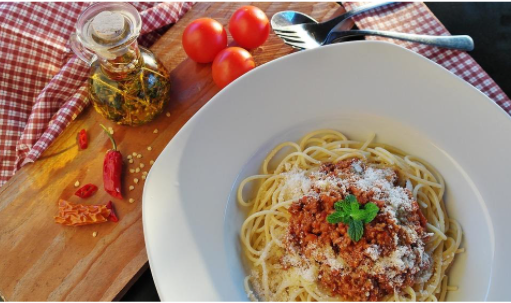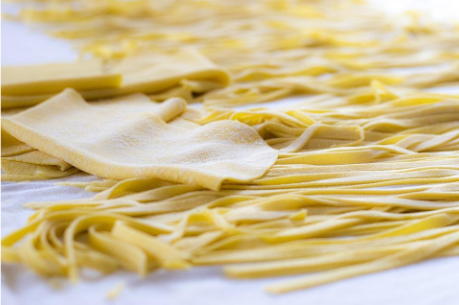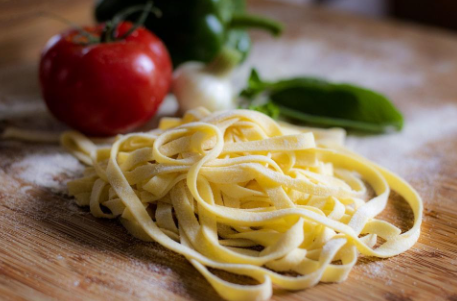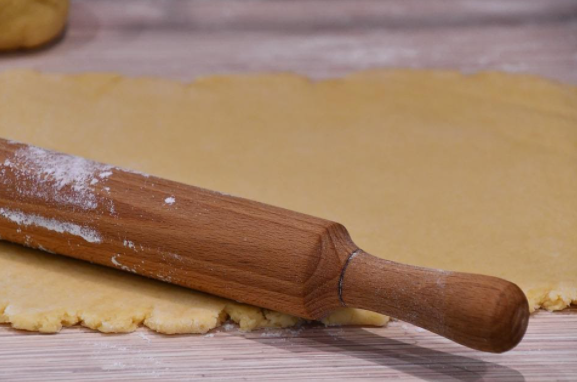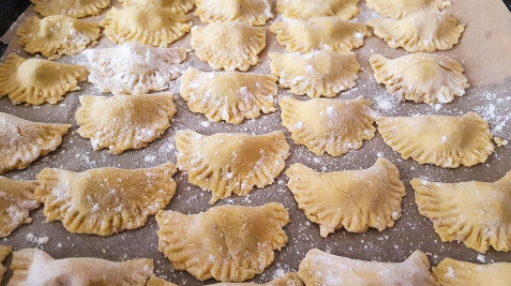Pasta is the basis of great Italian cuisine. So we can safely say that fresh pasta is the basis of the basics. Fresh pasta preserves the whole bouquet of taste and nutritional qualities. Therefore, if we are fans of this delicious Italian dish , it is good to know how to prepare handmade Italian pasta.
What do we need?
Fresh pasta differs from the dry pasta that we use in that they are not subjected to shock heat treatment in drying equipment to extend the shelf life . Italians believe that without fresh pasta, olive oil and a glass of good wine, dinner is not dinner and the day will be wasted.
Historically, it was fresh pasta that appeared first, not dry pasta. In the past, freshly kneaded pasta paste was dried especially for sailors who set out.
The taste and useful properties of fresh pasta are undoubtedly high, and very few products are needed to prepare it at home. That’s why it’s worth a try.
You only need flour and eggs . In order to get the dough for pasta, the flour may not be the first to come to you in the store. Special coarse flour is used, similar to semolina, which is called Semolina .
Some Italian pasta recipes mix 50% white flour and 50% semolina. The dough becomes soft and elastic and does not stick. Durum wheat flour is also used mainly for making homemade pasta, pizzas and other Italian pastries.
It contains more fiber, protein, minerals (thiamine, niacin) and vitamins (potassium, phosphorus) , iron). Products made from durum wheat have a lower glycemic index. It can now be bought in our country from the special flour large hypermarkets, and can also be ordered online.
When kneading the pasta dough, a certain ratio must be observed – one egg per 100 grams of flour.
Can we do without great skills in the kitchen?
Once you’ve got your products, you need the desire and some free time to start making homemade pasta.
First pour the flour on a smooth work surface and make a well in it. Put the eggs and salt with a pinch of salt. It is good to take the eggs out of the fridge at least an hour earlier. According to some recipes, a little olive oil is added.
Using a fork stir the eggs lightly while mixing with a portion of flour and continue to knead with your hands. In the end, you should get a smooth and elastic dough.
When done, shape it into a ball and wrap it in cling film. You can grease it with olive oil before wrapping it so it doesn’t stick. Leave the dough at room temperature for about 30 minutes.
Then you have to roll it. This is made easier with a pasta machine, but if you don’t have one, you can do it by hand. Tear off a piece of dough and roll it out very thinly with a rolling pin. When rolling, sprinkle a little flour so that the dough does not stick .
It’s time to cut it with a knife to get the desired paste, and its size depends on the type.
The dough is a must to be cut to the required width:
- for tagliatelle 1 cm
- for taliolins 4-5 mm
- for fettuccine 5-7 mm
- for 2-2.5 cm fern
You can also cut the egg dough into rectangular pieces for lasagna or make from it ravioli or tortellini with different fillings.
Shaping and cutting the paste is much faster and more accurate with the help of a special machine, but even if you don’t have one, you can do it.
You can now boil the prepared homemade pasta. It’s good to dry in about half an hour beforehand, but not necessarily. The water should boil in a large saucepan and be pre-salted.
Fresh pasta is carefully poured into it and boiled in less time than dry – usually in 3-4 minutes.
What to garnish with homemade pasta?
We already have fresh pasta and it’s time to add more flavors to it. The sauces have a huge contribution to the perfect quality of the real Italian pasta, and their preparation is a science. One of the secrets of a good sauce is to hit its consistency, as it should not be too thick.
The variety of products to garnish homemade pasta is very large. Vegans can choose vegetables, and lovers of meat and seafood will not be disappointed. You can combine products of your choice or bet on classics like Carbonara and Bolognese.
If you bet on tagliatelle or spaghetti Bolognese, the main necessary products are tomatoes, minced beef or a mixture, olive oil and wine. For the aromatic sauce you also need onions, garlic, carrots, celery, black pepper, basil and more.
In the most classic version the sauce boils for about 4 hours , while the meat almost merges with the liquid part, but nowadays the hosts do not have so much free time.
Vegetables should be finely chopped into equal pieces. When preparing the sauce, dry wine is added, which must evaporate and finally its aroma remains in the dish. The taste is improved by adding whole milk. The finished pasta is served with grated Parmesan cheese.
An excellent option for different types of pasta is the traditional Carbonara sauce . In its original version, the sauce is made from eggs, cream, fried pieces of Guanchiale (pork cheeks), ground pepper and Pecorino cheese.
Vegetarian options also offer a great variety. You can make pasta with broccoli and cream cheese, with mushrooms, with spinach and avocado, with Genovese pesto or dried tomato pesto, with cherry tomatoes, zucchini, etc.
Very appetizing is the rich pasta with vegetables, for which you can use a combination of carrots, mushrooms, tomatoes, zucchini, broccoli, eggplant, onions, garlic and olives.
Pasta with fish and seafood is also very popular in Italy. Extremely tasty are the spaghetti with seafood – shrimp, squid, mussels, prepared with tomato sauce, white wine, leeks and garlic.
The original choice is black spaghetti with cuttlefish ink, shrimp, white wine and parmesan. Tuna or salmon pasta is often prepared in both restaurants and households. Spaghetti with shrimp, tomatoes and red peppers are spectacular and easy to cook.
Whatever garnish they home-made pasta will convince you that it is tastier than ready-made and worth the effort.
Photos: Pixabay


